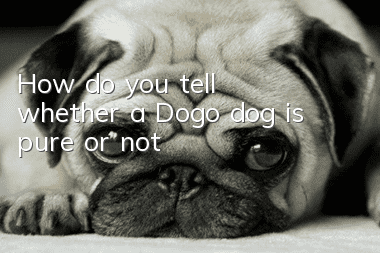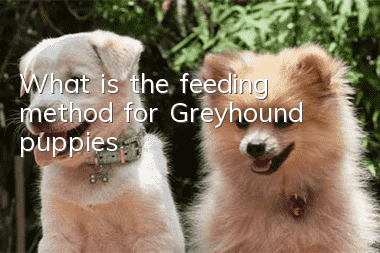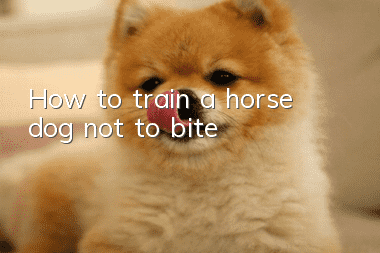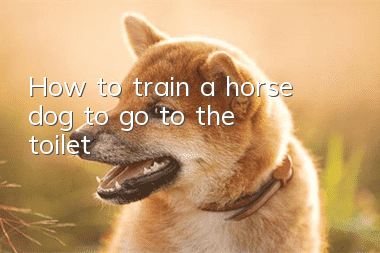How do you tell whether a Dogo dog is pure or not?

How do you judge whether a Dogo dog is pure or not? A Dogo dog has a medium head shape, no sharp edges, a concave skull, and a slight depression in the front face; the transition from a spherical skull to a slightly concave front, when viewed from the side, the eyebrows The bony protrusions create clear lines; the nostrils are wide and the nose is black. Viewed from the side, the front line of the nose is a vertical line.
Head: Medium head shape, looks strong and powerful, no sharp edges, the upper line looks like a concave spherical surface; the cranium is concave because it has well-developed chewing muscles and neck, and the front face also has a little The head and neck joint form a strong arch.
Part of the skull: Compact, spherical from front to back, also laterally. Its cheekbones are raised away from the skull, forming a large temporary cavity between the two, which gives the temporalis muscle a huge space for activity. The sinking in the center of the skull is also very obvious.
Mouth: There is a less obvious outline, like the transition from a spherical skull to a slightly concave front. Viewed from the side, the prominence of the brow bone creates a distinct line.
Facial length: equal to the length of the skull.
Nose: There are wide nostrils, the nose is black, slightly upturned forward, and the end of the nose is within the outer arc of the muzzle. Viewed from the side, the front line of the nose is a vertical line, flush with the edge of the maxilla or slightly protruding forward.
Muzzle: Strong, slightly longer than deep, very wide, with slightly tapered edges. The nasal bone line is slightly concave, which is a characteristic of almost all Dogos.
Lips: Medium thickness, short and tightly closed. The edges are unrestricted and the lip line is preferably completely black.
Mouth/Teeth: The mouth is strong and moderately shaped, with no lower or upper palate. The mouth is slightly thinner and evenly convergent. The wide mouth ensures maximum bite capacity. The teeth are large, well-developed, and firmly elongated. On the gums.
Eyes: dark or light brown, covered by eyelids with black pigmentation. Eyelids lacking melanin are not considered a disadvantage. Almond-shaped, located at medium height, and the distance between the eyes needs to be wide. Overall, the eyes must Alert, lively and at the same time must have a determined expression, especially in males.
Ears: set high and set in from the side of the head, with the ears well separated on either side of the broad skull. Due to functional needs, it is sometimes necessary to crop the ears to ensure that the ears are upright. The cropped ears are generally triangular and cannot exceed 50% of the length of the original outer ear edge. Uncropped natural ears are generally medium length, wide, thick, flat and rounded at the tip. The ears are covered with smooth hair slightly shorter than the body hair, with some spotting not considered a fault. When naturally drooping, the ears generally cover the back of the cheek. When the Dogo is alert, the ears are generally in a semi-erect position.
Neck: Medium length, strong, upright, muscular, slightly convex at the top of the neck. Some resemble a shortened cone, covering its junction with the skullThe bony protrusion on the back of the head is trapped. The base of the neck is very wide where it meets the chest. The skin on the neck is thick and elastic, allowing it to slide relatively freely over the subcutaneous tissue, which is slightly looser than in other parts of the body. There are occasional folds in the throat, which is a functional feature common to Dogo dogs. The skin on this part is longer than the skin on other parts of the body.
- What should poodles eat that is good for their coat color?
- How to train a horse dog to be obedient
- What should I do if my Teddy dog has bad breath?
- How to feed Greyhound
- What should I do if my poodle won’t eat dog food?
- How to feed thin dogs
- How to Feed a Purebred Labrador Retriever
- How to feed thin dog puppies
- What should Teddy dogs eat to improve their coat color?
- What snacks does the little Bichon bear eat?



